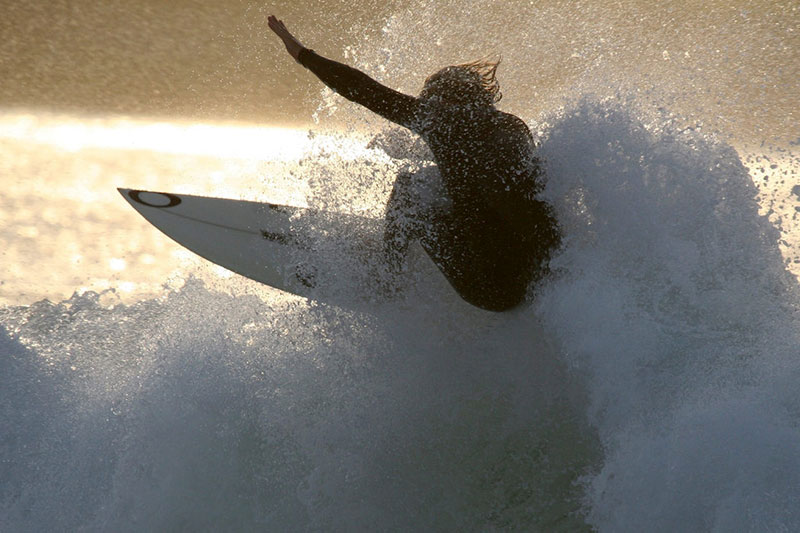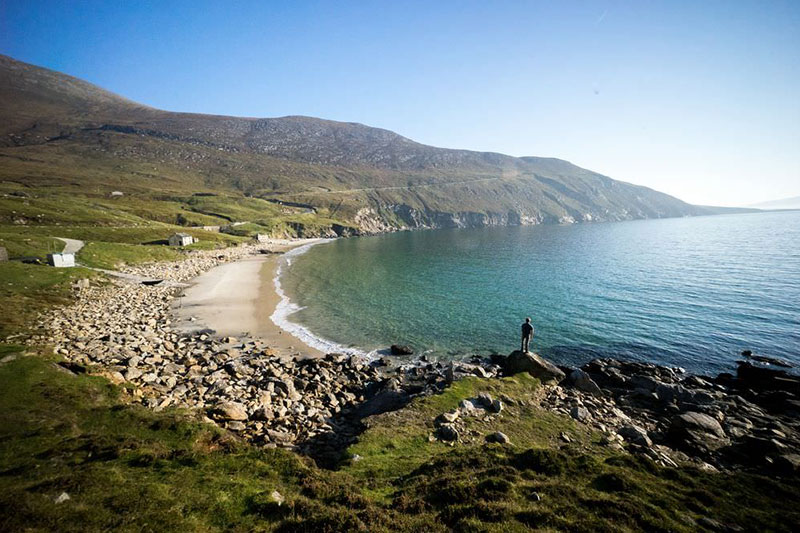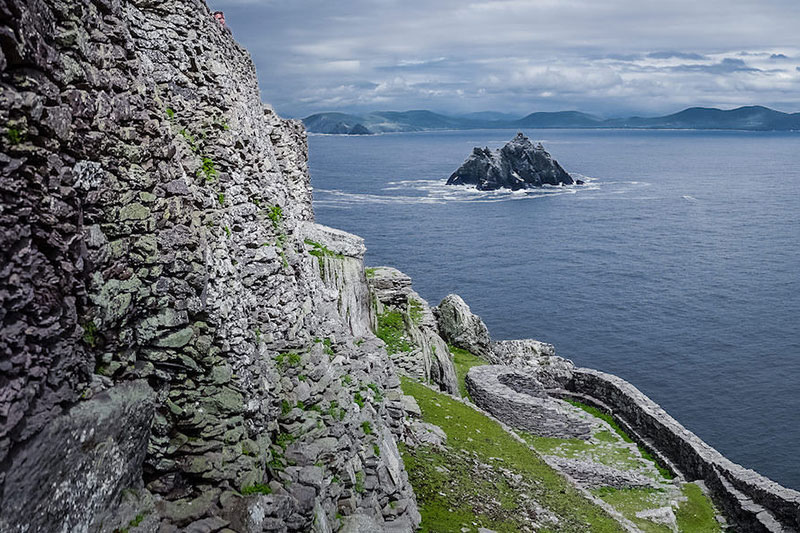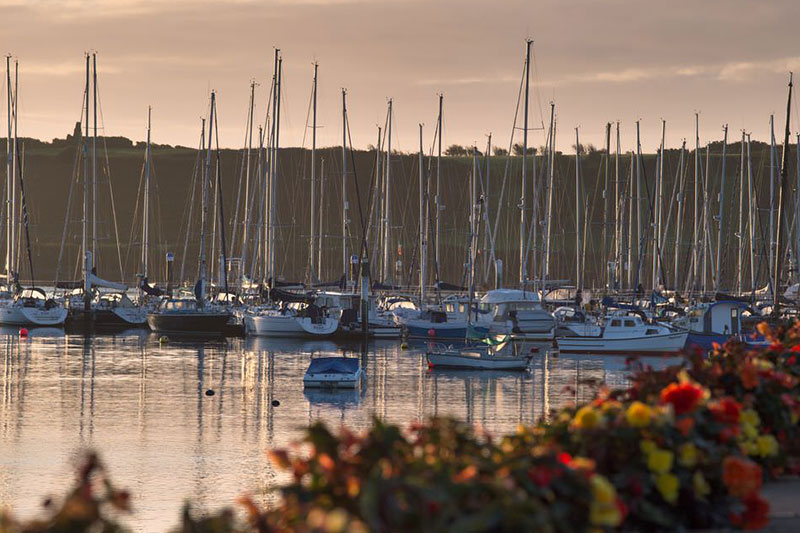
When land meets sea and nature and beauty collide, the result is a varied and majestic coastline unique to the western seaboard of Ireland; the home of the Wild Atlantic Way.
F ull of sweeping sandy beaches, sheer cliffs, ancient forts and rocky outcrops, the Wild Atlantic Way is the longest defined coastal touring route in the world and stretches 2,500km over 7 counties from Co. Donegal at its most northerly point, to Co. Cork as its southern point. The well-signed, easy-to-navigate touring route includes 188 Discovery Points, where visitors can stop and learn more about the must-sees and hidden local gems like Derriglimagh in Connemara Co. Galway and its transatlantic connection or Co. Kerry’s otherworldly Skellig Islands.
At 2,500km there is a lot to discover, whether exploring it from end-to-end, or dip into it as the mood strikes. The route has been zoned into a number of specific areas to allow visitors to explore more from majestic headlands of sheer granite cliffs pounded by invigorating surf, to island escapes and idyllic peninsulas boasting a UNESCO World Heritage Site - discover the unique regions of the Wild Atlantic Way. Culture, creativity, music, epic adventures and unforgettable, sometimes life–changing, experiences await you. Start your journey now. And it’s enveloped by the famed Irish welcome, discover a unique destination that leaves visitors renewed, uplifted and refreshed.
Discover the Regions of the Wild Atlantic Way

Northern Headlands… Journeys Begin

Surf Coast… Wind & Waves out West

Bay Coast… An open air playground

Cliff Coast… Hard land with warm hearts

Southern Peninsulas… That edge-of-the-world-feel

Haven Coast… Nature sets the pace
Your Wild Atlantic Way Passport
You can now pick up your very own Wild Atlantic Way passport; a unique souvenir of you or your family's completed journey along this exceptional route. Not only is it a genuine passport to paradise, it also gives you the chance to meet locals in the many towns and villages dotted along this winding coastline. Your passport will serve as proof that you've travelled this astonishing 2,500km length of coast, and also enables you to obtain your 'Wild Atlantic Way Certificate', the official record of your journey. Pop into any Post Office on the Wild Atlantic Way and pick up your passport.
How to Get There
With Ireland being a modestly sized island with an extensive and speedy train network and modern motorways connecting the main cities, whichever route you chose - you won’t be long reaching your destination.
Airports:
- Shannon Airport
- Cork Airport
- Ireland West Knock Airport
- Dublin Airport
- Kerry Airport
- Donegal Airport
Ferries:
- Cork
- Rosslare
- Dublin


